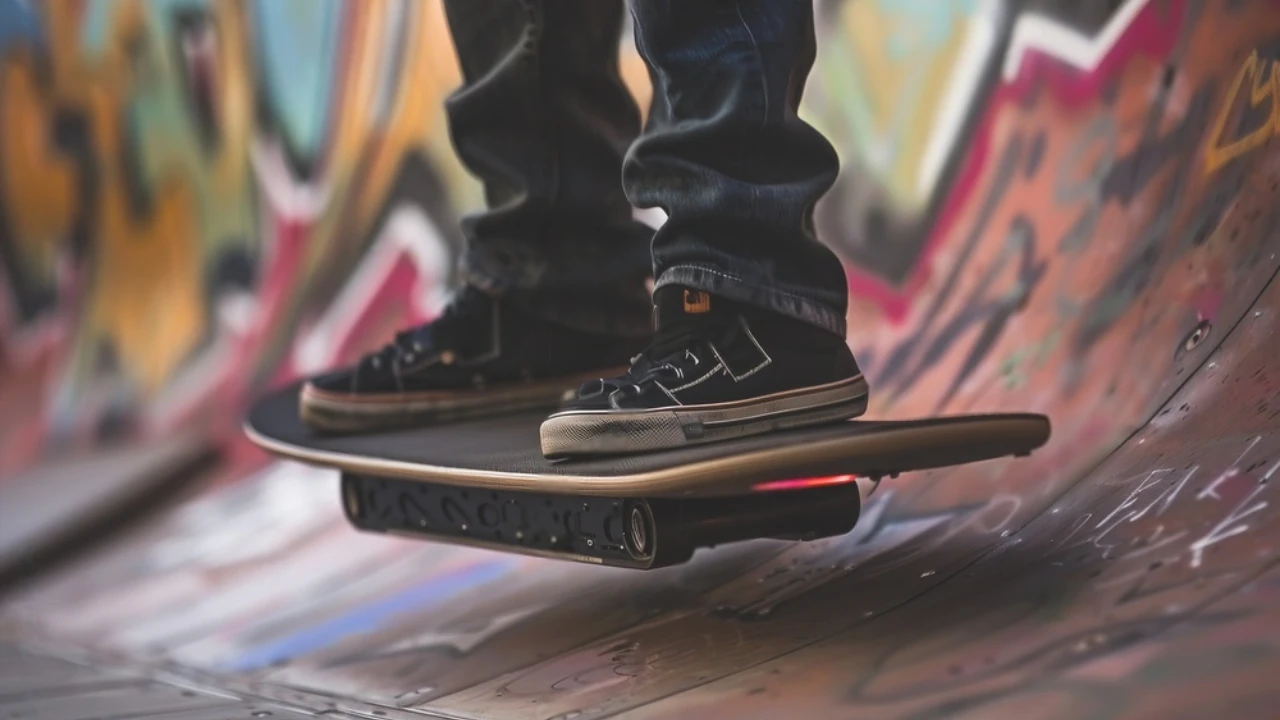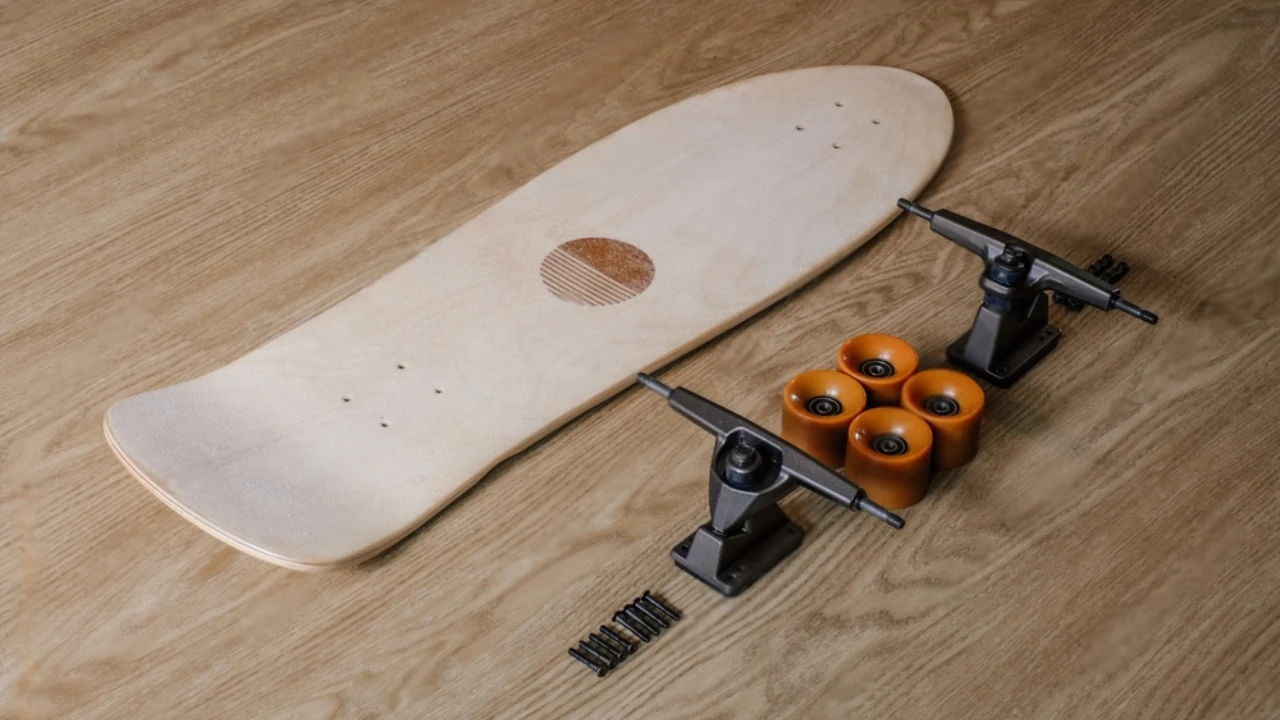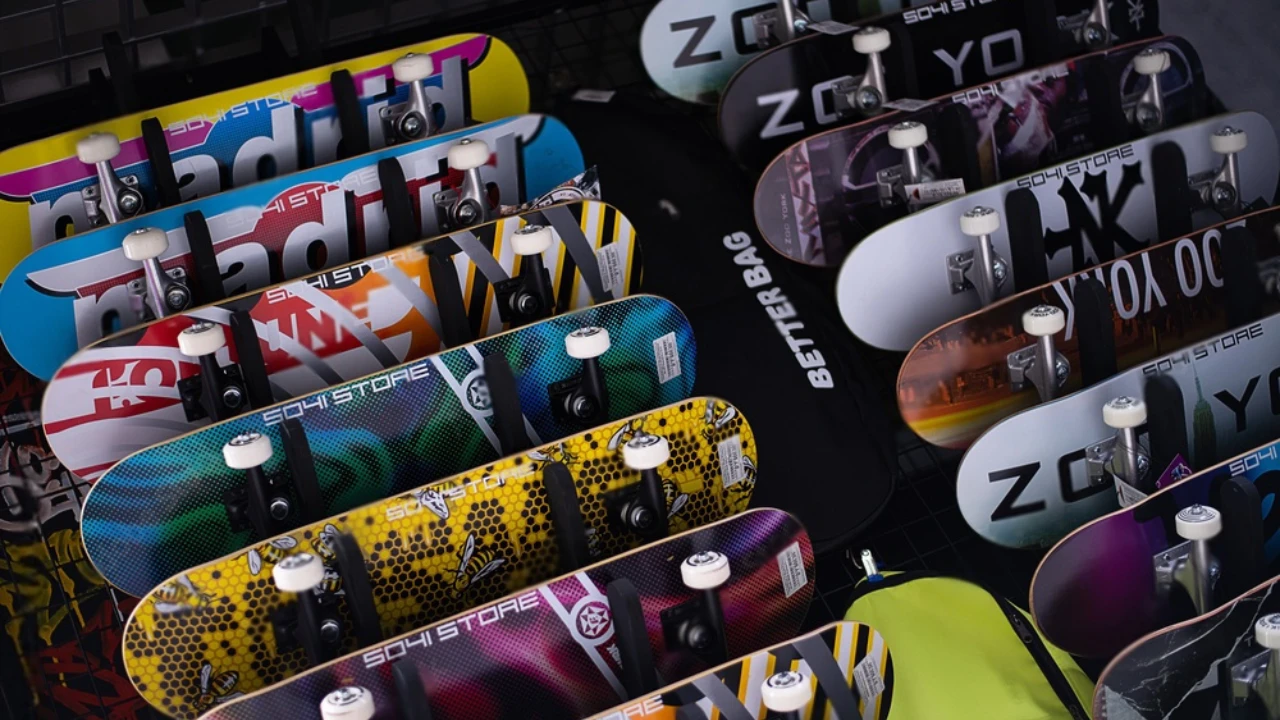The Future of Skateboarding – Latest Trends & Technologies

As we propel into the future, the landscape of skateboarding is being radically reshaped by technological innovations and design breakthroughs. The future of skateboarding looks brighter and more exhilarating than ever, with advancements in decks, wheels, bearings, and trucks leading the charge. These key components are the cornerstone of the skateboarding experience, influencing everything from performance to style. This article explores the cutting-edge innovations in skateboard design and technology, unveiling how they’re set to transform the sport. As we dive into each element, we’ll uncover the potential these advancements hold for enhancing the skateboarding journey, making it more dynamic, accessible, and sustainable for enthusiasts around the globe.
Table of Contents
Revolutionizing Skateboarding: Breakthroughs in Deck, Wheel, Bearing, and Truck Technologies

Revolutionizing Skateboarding: Breakthroughs in Deck, Wheel, Bearing, and Truck Technologies” unfolds an era where the fusion of innovation and creativity is pushing the boundaries of skateboarding. As we delve deeper into each component, the impact of these advancements becomes evident, setting a new standard for performance, durability, and rider experience.
Decks: The Foundation of Innovation
The skateboard deck, the platform upon which all tricks are performed, has seen remarkable transformations. Utilizing materials such as bamboo, carbon fiber, and advanced composites, modern decks offer an unprecedented blend of lightweight strength and flexibility. These materials not only reduce the overall weight for easier manipulation and higher ollies but also ensure longevity and resilience against breakage. Moreover, the integration of technology, such as built-in sensors and connectivity for performance tracking, marks a significant leap forward, making the deck not just a piece of wood but a smart component of the skateboarding ecosystem.
Wheels: Rolling into the Future
Wheels have rolled beyond the conventional, with innovations focusing on material composition and design to enhance grip, speed, and shock absorption. Polyurethane wheels have evolved, incorporating new formulas that provide a smoother ride over various terrains and better control during tricks. The development of larger, softer wheels for cruising and smaller, harder wheels for technical skateboarding allows riders to customize their setup based on their skating style and environment. The future also hints at wheels with embedded LEDs and environmental sensors, adding both functional and aesthetic upgrades to the skateboarding experience.
Bearings: The Silent Revolution
Bearings might be small, but their impact on skateboarding is immense. Advances in bearing technology focus on reducing friction and improving durability, enabling skaters to achieve higher speeds and smoother rides. Ceramic bearings have emerged as a game-changer, offering superior resistance to wear and tear and maintaining performance in various weather conditions. Furthermore, the introduction of self-lubricating bearings and those with built-in spacers and speed rings simplifies maintenance, ensuring that skaters spend more time riding and less time on upkeep.
Trucks: Steering Toward Precision and Versatility
Trucks, the critical link between the deck and wheels, have undergone significant refinements to enhance maneuverability and stability. Innovations in truck design include adjustable kingpins for customizable turning radiuses, lightweight titanium or magnesium alloys for reduced weight without sacrificing strength, and precision-engineered pivot cups for smoother turns. These advancements allow skaters to fine-tune their setups for optimal performance, whether they’re carving bowls, grinding rails, or navigating the urban landscape.
As the future of skateboarding unfolds, it’s clear that every aspect of the skateboard is being reimagined through the lens of innovation. These breakthroughs in deck, wheel, bearing, and truck technologies are not just elevating the sport; they’re redefining what’s possible, inviting skaters to explore new horizons of creativity, performance, and expression on their boards. The journey ahead is filled with potential, promising a thrilling ride for skaters and enthusiasts alike, as they navigate the evolving landscape of skateboarding.
Innovations in Skateboard Design and Technology

The future of skateboard design and technology is a fascinating intersection of innovation, sustainability, and user-centric advancements. As we move forward, the focus is not just on enhancing performance and durability but also on creating a more inclusive, sustainable, and connected skateboarding experience. Here’s a comprehensive exploration of the key areas shaping the future of skateboard design and technology:
1. Advanced Materials and Manufacturing Processes
The quest for lighter, stronger, and more responsive skateboards is driving the adoption of advanced materials like carbon fiber, Kevlar, and bamboo. These materials offer superior strength-to-weight ratios, enhancing board performance while reducing environmental impact. Manufacturing processes, too, are evolving, with techniques like 3D printing and CNC machining allowing for precise, customizable shapes and designs. This shift not only promises boards that are tailored to the individual skater’s style and needs but also opens up possibilities for rapid prototyping and innovation.
2. Electric and Smart Skateboard Technologies
Electric skateboards are becoming more sophisticated, with improvements in battery technology, motor efficiency, and electronic speed controls. Future designs aim to make electric skateboards lighter, faster, and more range-efficient, catering to the growing demand for eco-friendly urban commuting options. Additionally, the integration of smart technologies, including GPS, Bluetooth connectivity, and mobile app integration, is enhancing the functionality of skateboards. Features such as route tracking, performance monitoring, and board diagnostics are becoming standard, offering a richer, more interactive skateboarding experience.
3. Sustainability and Eco-friendly Innovations
Sustainability is a critical driver of innovation in skateboard design and technology. The industry is increasingly focusing on reducing its carbon footprint by exploring eco-friendly materials and sustainable manufacturing practices. Recycled plastics, organic glues, and sustainably harvested wood are becoming more common in board construction. Furthermore, there’s a growing interest in developing biodegradable components and recyclable electric skateboard batteries, emphasizing the sport’s commitment to environmental stewardship.
4. Safety Enhancements
As skateboarding grows in popularity, safety remains a paramount concern. Future skateboard designs are likely to incorporate more advanced safety features, including integrated lighting for visibility, advanced braking systems for electric skateboards, and perhaps even wearable technology that can communicate with the board to prevent accidents. Innovations in protective gear, such as helmets and pads embedded with smart sensors, could offer real-time monitoring of a rider’s condition, further enhancing safety.
5. Connectivity and Community Building
The rise of digital technology is fostering a more connected skateboarding community. Future skateboard designs may feature built-in connectivity that allows riders to share their experiences, challenges, and achievements directly from their boards. Social media integration, virtual competitions, and online learning platforms for skaters could deepen the sense of community and belonging, making skateboarding more accessible to newcomers and fostering global connections among enthusiasts.
6. Personalization and Customization
The future of skateboard design emphasizes personalization, with technology enabling riders to customize every aspect of their board, from the deck shape and graphics to the wheel composition and truck geometry. Advanced configurators and augmented reality apps could allow skaters to design their dream board virtually before it’s crafted to their specifications. This level of customization not only enhances the riding experience but also strengthens the emotional connection between skaters and their boards.
Frequently Asked Questions About the Future of Skateboarding
What are the latest innovations in skateboard decks?
The latest innovations in skateboard decks include the use of advanced materials like carbon fiber and bamboo for increased strength and lighter weight. Additionally, customizable shapes and concave technologies allow for personalized skating experiences, and eco-friendly manufacturing processes are becoming more prevalent.
How have skateboard wheels evolved for the future?
Skateboard wheels have seen significant advancements with the introduction of new polyurethane formulas that offer better grip, durability, and rebound. Some wheels are also designed to be more environmentally friendly, using recycled materials without compromising performance.
What’s new in skateboard bearings?
The future of skateboard bearings is focusing on precision manufacturing for smoother, faster rides and increased longevity. Bearings are also seeing improvements in corrosion resistance and maintenance ease, with some models featuring built-in spacers and speed rings.
Are there any major changes in skateboard trucks?
Yes, skateboard trucks are becoming lighter and stronger, thanks to new alloys and manufacturing techniques. Adjustable kingpin systems for customized riding styles and integrated suspension mechanisms for smoother rides are among the key developments.
How is technology impacting the future of skateboarding?
Technology is profoundly impacting skateboarding through electric skateboards, smart connectivity for performance tracking and community engagement, and augmented reality apps for virtual skateboarding experiences. These tech advancements are making skateboarding more accessible and enjoyable.
What does sustainability mean for the future of skateboarding?
Sustainability in skateboarding involves the use of eco-friendly materials, such as recycled plastics and sustainably sourced wood, in the manufacturing of skateboards. It also encompasses initiatives to minimize the environmental impact of skate parks and events, ensuring the sport’s longevity and harmony with nature.
How will the inclusion of skateboarding in the Olympics affect its future?
The inclusion of skateboarding in the Olympics is expected to increase global exposure, encourage wider acceptance, and potentially bring more resources into the sport. This could lead to improved facilities, greater participation, and more support for athletes at all levels.
Can we expect more interactive and digital experiences in skateboarding?
Absolutely. The future of skateboarding is likely to feature more digital and interactive experiences, including virtual competitions, online coaching, and digital platforms that connect skaters worldwide. These innovations will enhance the community aspect of skateboarding and provide new ways to enjoy and share the sport.
These FAQs provide a glimpse into the exciting developments and prospects that lie ahead in the future of skateboarding, highlighting the sport’s continuous evolution and its embrace of innovation and technology.
Conclusion

The future of skateboarding design and new skateboard technology is poised to revolutionize the sport, making it more accessible, sustainable, and enjoyable. By embracing advancements in materials science, electronics, sustainability, and digital connectivity, the skateboarding industry is set to offer riders unprecedented levels of performance, customization, and community engagement. As these innovations continue to evolve, they promise to keep skateboarding at the forefront of urban culture and sports technology, ensuring its relevance and appeal for generations to come.
